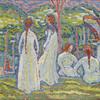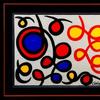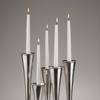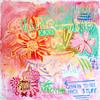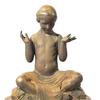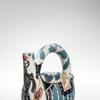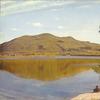'21 Rue La Boétie' Exhibition in Paris Brings Together Modern Masterworks Connected to Dealer Paul Rosenberg
- PARIS, France
- /
- February 28, 2017
The exhibition "21 Rue La Boétie" retraces the remarkable story of Paul Rosenberg (1881-1959), one of the most influential art dealers in the first half of the twentieth century.
The exhibition, at Musée Maillol in Paris, from March 2 to July 23, 2017, brings together 66 modern masterpieces, some of which have never before been shown in France (works by Pablo Picasso, Fernand Léger, Georges Braque, Henri Matisse, Marie Laurencin, etc.), coming from some of the largest public and private art collections in Europe, including the collection of billionaire retired art dealer David Nahmad. Many of the artworks on display have a direct connection to Rosenberg, having been shown in his galleries in Paris or New York, while others provide a significant insight into the historical and artistic context of the time.
Created by Tempora and produced by Culturespaces, in collaboration with experts at the Centre Pompidou, this exhibition benefits from the support of Paul Rosenberg’s granddaughter, Anne Sinclair, author of "21 Rue La Boétie" (published by Editions Grasset & Fasquelle in 2012).
The book and exhibition title refer to the address of Rosenberg's original Paris gallery which was overtaken by the Nazis. Reports the Washington Post, "Several of his most-prized pieces, including a 1918 Picasso portrait of the dealer’s wife and daughter, made their way into the hands of Hermann Goering, the high-ranking Nazi official and connoisseur of stolen art."
The career of Paul Rosenberg, an avid art collector, astute businessman and discerning amateur, friend and agent to some of the biggest artists of his day, allows us to understand from a new perspective the dual turning point that saw the emergence of Modern art, and the shift of the international art scene from Paris to New York against the backdrop of the Second World War.
Combining history and art, social history and politics, the exhibition highlights a crucial time in the twentieth century, of which Paul Rosenberg was an important witness, both a player and a victim.



